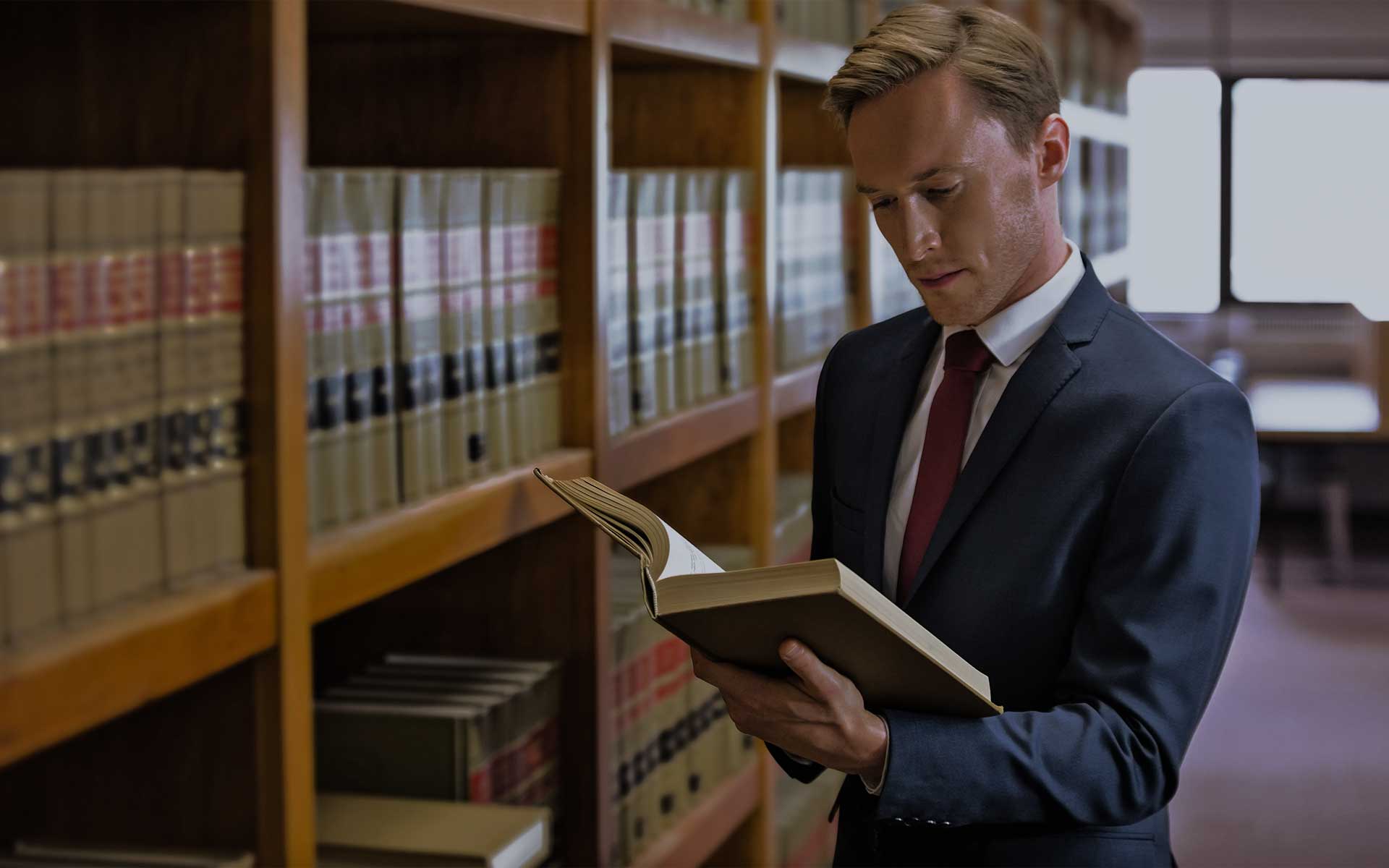Oracle Files Opening Brief at U.S. Supreme Court in Copyright Fight with Google

In the latest stage of the Supreme Court battle between Oracle America, Inc. (Oracle) and Google, Oracle filed its opening brief with the Court on February 12. Google’s petition for a writ of certiorari was granted in November 2019 and asks the Court to consider: “1. Whether copyright protection extends to a software interface” and “2. Whether, as the jury found, petitioner’s use of a software interface in the context of creating a new computer program constitutes fair use.”
The Court of Appeals for the Federal Circuit (CAFC) previously unanimously reversed a district court decision that held Oracle’s code as uncopyrightable, finding it well-established that copyright protection for software programs can extend to both code and their structure or organization. Oracle is suing Google for $8.8 billion in lost revenue.
Java SE
Java SE, originally authored by the company Sun, has an audience of developers who use the platform to assist them in writing programs (apps). Those who purchase Java SE are manufacturers that license and install it on devices to run those apps. Oracle continued work on Java SE after it acquired Sun. Oracle explains that before Java SE, apps would not typically run across devices with different operating systems (say, Windows and Mac), and therefore the app developers had to rewrite each app for each individual operating system. Java SE solved this problem with its “write once, run anywhere” module. In order to create Java SE, Sun created modules that developers could incorporate into their own apps known as “ready-to-use programs.” Each program (method) performs a discrete function and is organized into an intricate collection of classes that group similar methods and define the individual data types on which the methods operate. Similar classes are then grouped together as “packages.” Interfaces were also created to connect related methods across packages and classes. Overall, Sun offered 30,000 methods organized into 3,000 classes and 166 packages in order to save developers time, but developers also had the option to write their own Java code to perform similar functions. Even Google’s Java expert declared writing and organizing the programs as a creative process, argues Oracle.
Oracle believes that the quality of this code and its broad licensing program spurred “boundless innovation” by attracting 6 million developers and becoming the leading platform for developing and running apps on personal devices. Oracle even offered free open source licenses to app developers to create apps for Java SE in exchange for the licensee giving back their improvements to the public, and therefore relied on its licenses to device manufacturers and large competing platform developers to make a profit.
Competing with Free
Oracle argues that Google was faced with a crisis in 2005 as it was likely to lose a large portion of the search market if it didn’t develop technology for mobile devices. Google failed to develop pre-written programs from scratch like competitors Apple and Microsoft for its Android product, so it turned to Java SE. Google could have obtained the open-source license for free, argues Oracle, but Google did not want to “give back” to the public and thus sought a custom license of the product. However, negotiations fell through when Google demanded terms such as “no limits on modifying the code” which would guarantee that Android would not be compatible with Java SE. Sun declined the licensing request and therefore, alleges Oracle, Google copied verbatim the declaring code of the 37 Java API packages, paraphrased the remainder, and partially wrote its own implementing code to create its own platform. Thus, Google’s Android platform easily competed with the Java SE platform because Google offered the same thing for free, since it did not need the licensing revenue that Java SE depended on. Oracle’s CEO stated that “it’s very difficult to compete with free, especially since they were using our software.” With Google’s free platform available, Oracle’s customers naturally switched over, and Android became the dominant platform in mobile devices.
Not Fair
Oracle contends that Java SE “was one of the most creative and intricately designed works of software ever written” and was protected under copyright law. It was licensed by all manner of manufacturers and competing platform makers except for Google, who rejected the opportunity to license Java SE and instead plagiarized 11,330 lines of computer code along with the “intricate organization and relationships among the lines of code.” Oracle argues that this unauthorized copying into a competing product is copyright infringement: “If Google had taken 11,330 topic sentences from an encyclopedia or the entire structure of a treatise to compete with the original, Google could not credibly argue that what it took was devoid of copyright protection or fair to copy.”
The 11,330 lines of code copied by Google are human-readable computer code (source code) roughly equal to 600 Joint Appendix pages. The code is labeled as “declaring code” as opposed to “implementing code.” Comparing the code to a literary work, Oracle argues that declaring code is akin to topic sentences and chapter/section headings, while implementing code acts as the body of the work. App developers can only see declaring code in Java SE, which tells them what each method and class does, how it will be used by the computer, and how it relates to other parts of Java SE. Oracle states that these instructions can be written countless ways based on creative choice, and argues that Google’s own Java expert conceded that “there can be creativity and artistry even in a single method declaration.” Oracle also contends that just as authors struggle how to organize and build connections among parts of their written works, Java SE’s authors wrestled with the same organizational choices when determining how to group methods into classes and classes into packages. For example, Figure 2 shows the gray line connections between the blue classes and green interfaces to illustrate the numerous expressive choices available in Java SE’s structure.
Can’t Change the Law
Oracle therefore alleges that Google is attempting to change copyright law, in which Congress chose to protect software as it does literary works if the code or structure is of original expression. Google previously conceded that Oracle’s code is original expression and that it used the code for the same purpose as Oracle at a commercial advantage. Google argued that it needed to use Oracle’s code to appeal to app developers, but Oracle argues that unauthorized copying of a work is not justified simply because it is popular with an audience that is desired by a competitor. Additionally, in response to Google’s argument that an outcome favoring Oracle would threaten the software industry, Oracle declared that the software sector in the United States has only achieved such heights because of copyright protection, not piracy.
A Threat to Innovation
In summary, Oracle argues that 1) the Copyright Act protects original computer programs; 2) Section 102(b) does not withdraw protection from declaring code because it is functional; 3) Google did not need to copy Java SE, it simply desired to save time and money to make Android familiar to app developers for commercial advantage; and 4) Google’s competing commercial use of Oracle’s code supersedes the Fair Use Doctrine.
Ultimately, Oracle is urging the Court to reject Google’s invitation to rewrite the Copyright Act, arguing that excluding code from protection threatens innovation because “no company will make the enormous investment required to launch a groundbreaking work like Java SE if this Court declares that a competitor may copy it precisely because it is appealing.”


